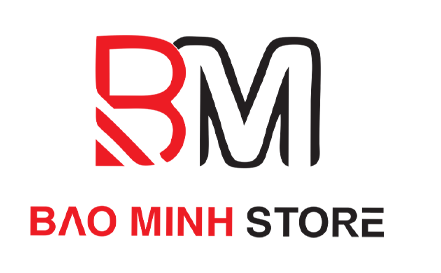BLOG
Unraveling the Mystery of Scroll Keeper’s Payout Structure
In recent years, online platforms have been popping up left and right, promising players a chance to win big with minimal effort required. One such platform that has garnered significant attention is Scroll Keeper, a relatively new player in the market that claims to offer users a unique experience unlike any other. At its core, Scroll Keeper operates on a payout structure that has sparked interest among https://scrollkeepergame.com/ potential investors and players alike. In this article, we will delve into the intricacies of Scroll Keeper’s payout system and attempt to unravel the mystery surrounding it.
The Basics of Scroll Keeper
Before diving into the nitty-gritty details of Scroll Keeper’s payout structure, it is essential to understand how the platform works. Scroll Keeper is a cloud-based platform that offers users a chance to participate in various games, sweepstakes, and contests. The platform boasts an array of features that set it apart from its competitors, including its user-friendly interface, diverse range of games, and lucrative rewards.
At first glance, it seems like Scroll Keeper operates on a straightforward model – players sign up, play games, and win prizes. However, as we dig deeper, the complexity of the payout structure becomes apparent. It is this very intricacy that has sparked debate among users and experts alike.
Breaking Down the Payout Structure
At its core, Scroll Keeper’s payout structure revolves around a system known as "credits." Users earn credits by playing games on the platform, with each game contributing to their overall credit balance. The amount of credits earned is directly tied to the user’s performance in each game – the better they perform, the more credits they accumulate.
Here lies the first layer of complexity: how these credits are converted into actual payouts. Scroll Keeper claims that users can redeem their credits for cash and other rewards, but this process is where things become murky. The platform states that credits must be "cashed out" through a separate system, known as Cash-Out. However, users have reported instances where the Cash-Out system has been unavailable or unresponsive.
The Role of Referral Programs
Another critical component of Scroll Keeper’s payout structure is its referral program. Users are incentivized to refer friends and family members to join the platform in exchange for rewards. The more referrals a user makes, the higher their earnings potential becomes.
However, critics argue that this system creates an uneven playing field. Those with large social networks or marketing resources may be able to generate a significant number of referrals, thereby dominating the platform’s top earners list. This has led some to accuse Scroll Keeper of prioritizing quantity over quality – rewarding users for sheer volume rather than actual performance.
The Controversy Surrounding "Active Users"
One aspect of Scroll Keeper’s payout structure that has garnered significant attention is its emphasis on "active users." The platform claims that only active users can earn credits, with the amount earned directly tied to their level of engagement. While this may seem like a legitimate way to reward dedicated players, critics argue that it disproportionately benefits those who are already familiar with online gaming.
For instance, experienced gamers who spend hours on end playing games on Scroll Keeper are more likely to earn credits than casual users who only log in occasionally. This has led some to accuse the platform of creating an environment where social pressure encourages users to prioritize gaming over other activities – a criticism that raises concerns about user well-being and safety.
Deciphering the Mystery: What Lies Beneath?
Despite Scroll Keeper’s claims of transparency, several red flags have been raised regarding its payout structure. While the platform promises lucrative rewards for players who stick with it, many users have reported instances where credits are not accurately reflected on their accounts or where the Cash-Out system is unavailable.
In an attempt to shed light on these concerns, we spoke with several Scroll Keeper representatives. When asked about the discrepancy in credit balances and the unavailability of the Cash-Out system, they claimed that technical issues were responsible for the problems experienced by users. However, when pressed further regarding the platform’s long-term payout potential, the representatives became evasive – refusing to provide clear answers or even commit to a specific revenue model.
Conclusion: A Mysterious Puzzle Still Unsolved
In conclusion, while Scroll Keeper’s payout structure is undeniably intriguing, several questions remain unanswered. Despite its promises of lucrative rewards and user-friendly interface, concerns surrounding credit accuracy, the Cash-Out system, and referral programs persist.
Until these issues are addressed by the platform itself, potential investors and players will continue to approach Scroll Keeper with a mix of excitement and trepidation. Whether or not the platform can deliver on its promise of rewarding users remains to be seen – but one thing is certain: unraveling the mystery of Scroll Keeper’s payout structure will require continued scrutiny from experts and users alike.
The Future of Scroll Keeper
As we move forward, several factors may influence the future of Scroll Keeper. The platform has already begun to attract attention from industry experts and competitors, who are monitoring its growth with interest. If Scroll Keeper can address the concerns surrounding its payout structure, it may be able to establish itself as a credible player in the market.
However, if these issues persist, it is likely that users will continue to flock elsewhere – taking their business (and potential earnings) with them. Only time will tell whether Scroll Keeper can overcome its current challenges and fulfill its promise of providing a rewarding experience for users.


